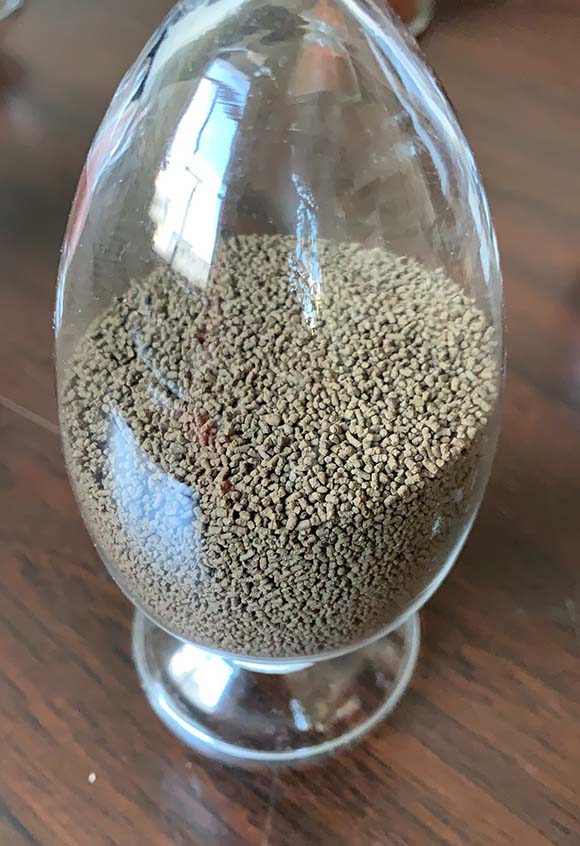What is second granulation?
Writer: admin Time:2020-09-24 10:35 Browse:℃
The granules for treating cold are always long or round in regular shape and uniform size. But can pharmaceutical factories produces all of these granules in the same shape and size? The answer is absolutely “no”. We can see uniform granules just because those granules of irregular shape and non-uniform size are screened out.
Sieving is a process for granules’ size distribution control. There are two goals of sieving: for better appearance and granularity and for the need of following production. For one thing, sufferers might doubt about drugs quality if there is only squeezing in a package. For another thing, most granule packing equipment control product filling quantity through the filling volume. Therefore, granules’ size distribution and fluidity are both required.

Take wet granulation as an example. During wet granulation, material mixes with adhesive, whose solvent then volatilize during drying. As a result, liquid bridge turns to solid bridge and material is granulated. However, after granulation, a part of material attach to each other to form granules or bulk, while another part disintegrate to powder. This result is caused by the working principle of wet granulation and cannot be bettered even on leading machines. Therefore, some high-quality fluid-bed drying machines are equipped with dust collecting bags and can vibrate to remove powder. Furthermore, the quantity of large bulk and fine powder are variable in different batches. But manufacturers are not willing to waste them. In this case, they can only be granulated again to qualified products.
However, how to define the nature of these bulk and powder is a problem. For producers, the second granulation is foreseeable and should be seen as a part of production. And the products should be acceptable after verification and evaluation according to GMP. However, many experts prefer to define these bulks and powder as unqualified semi-finished products or tailing. Their passing routine inspection cannot prove their reliable and stable quality. Also, GMP regulates that unqualified products cannot be reproduced. Therefore, the best way to deal with them is discard them instead of granulating them again.
Likewise, an inspection center, after research, attributes large quantity of railing to improper formula and technique, inappropriate material quantity, lagging equipment and poor quality regulation. All of these are fundamentally caused by enterprises’ imperfect management. As a result, to avoid compliance risk of regrunulation, some enterprises are prone to process these bulks again and not mark it out.
However, it can be another situation if all bulks and powder are further processed by dry granulation. A batch production record of a factory shows that the further process of dry granulation includes compressing, grinding, granulating and compressing again. Material to be mixed should be firstly compressed by a compressing machine, then sieved through a 20-mesh screen and the powder, which can pass through the screen, is again compressed. The compressed bulk are then ground and compressed again. This process repeats again and again to produce granules. The size of 85% final granules should be above 60 meshes. It is also recorded that the compression repeats for up to 4 times, which makes compression similar to the second, third and even fourth wet granulation. But why repeated dry compression is acceptable? For one thing, during dry compression, sufficient verification and evaluation documents are prepared; for another thing, dry granulation involves no solution and drying so that it has less influence on material properties. However, it doesn’t indicate that wet granulation of all products will cause larger weight change than dry granulation. Therefore, taking weight change as verification standard is not scientific and reasonable.
Something interesting is that it is clearly regulated in the second appendix of new GMP that rework should be listed into common production techniques as a technical step. It is also expected that the second granulation can be listed into common production techniques, based on full verification and evaluation.
